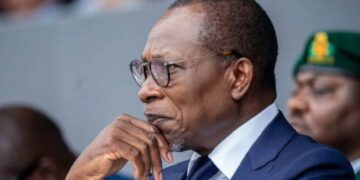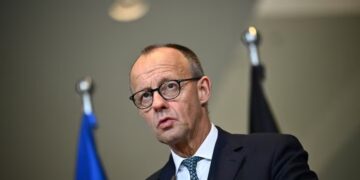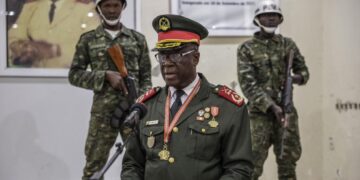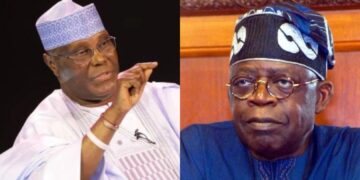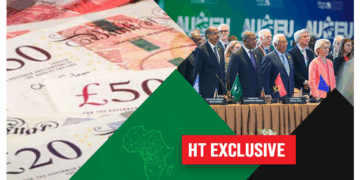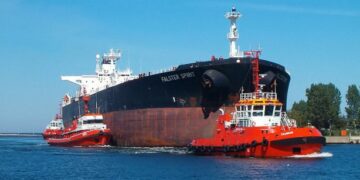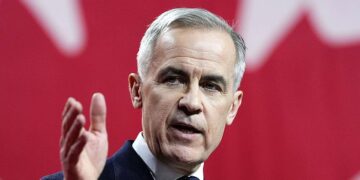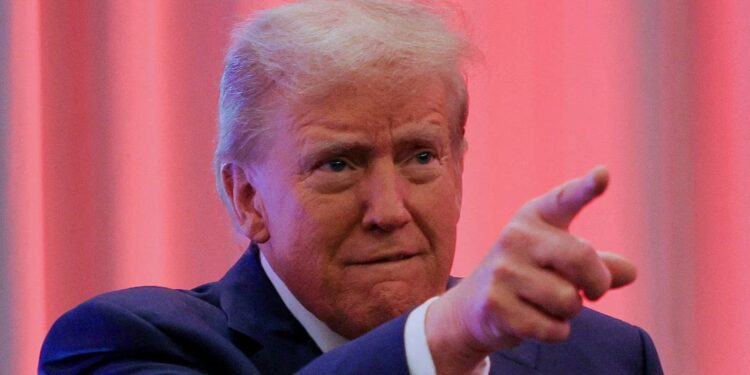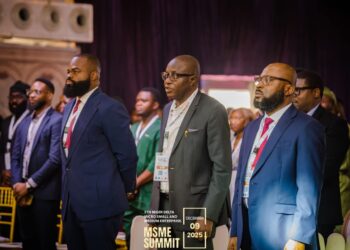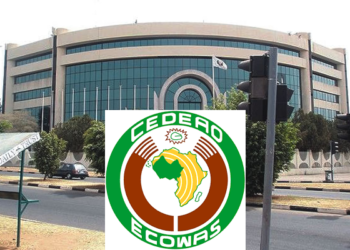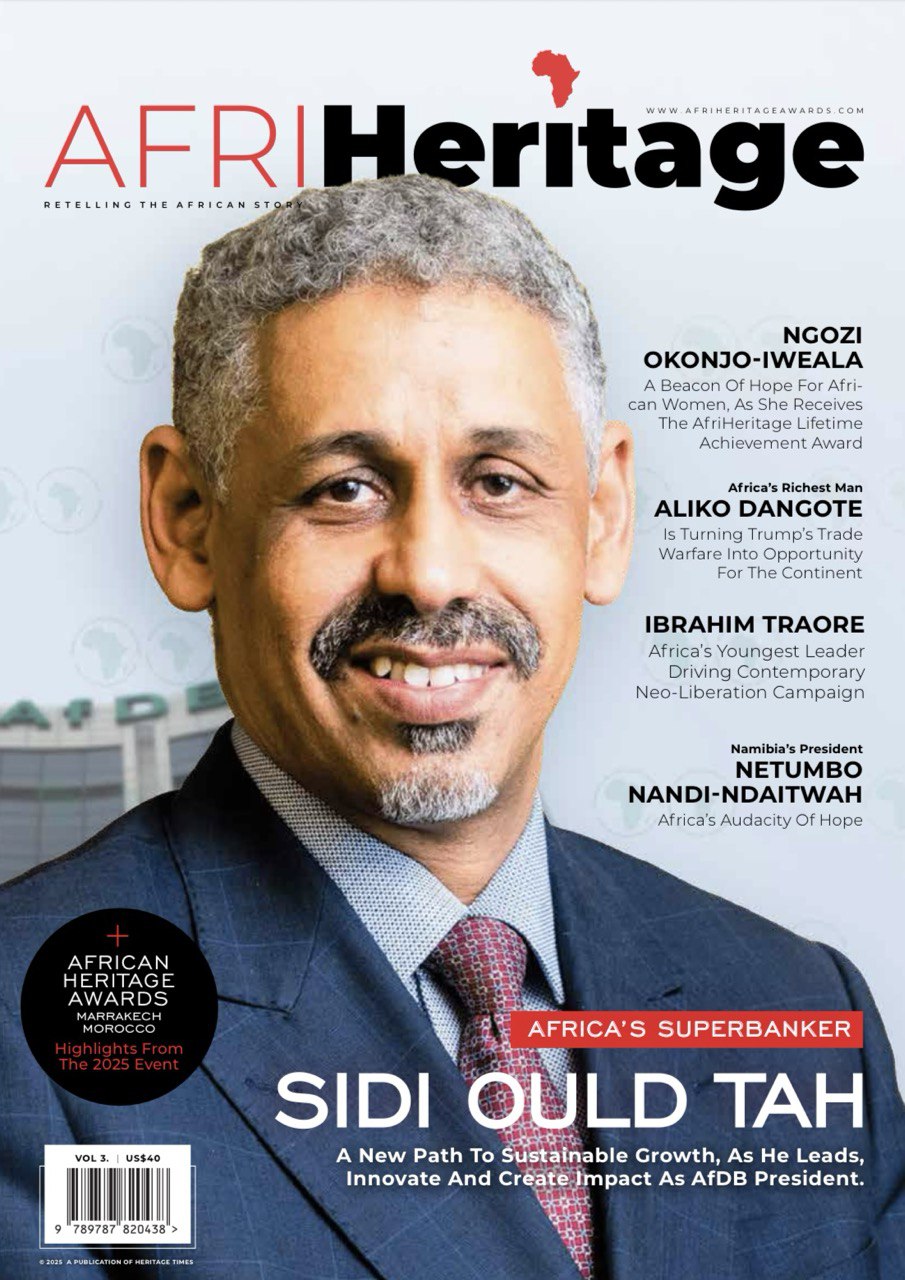In a dramatic escalation of economic pressure, U.S. President Donald Trump threatened to impose 100 percent secondary tariffs on Russia within 50 days unless Moscow agrees to a deal ending the war in Ukraine.
The ultimatum came during a meeting with incoming NATO Secretary General Mark Rutte, where Trump also announced a major shift in U.S. arms policy by placing the financial burden on European allies.
Trump warned of crippling 100 percent tariffs on Russian goods if no Ukraine peace deal is reached, blaming stalled negotiations on Putin. “I thought we’d have a deal months ago,” he said. Distancing himself from the conflict, the former president called it “not my war” and claimed he is trying to get the United States out of it.
In a major policy shift, Trump declared the U.S. will supply weapons to Ukraine via NATO but Europe must pay 100 percent of the cost. “We’re not buying it, but we’ll manufacture it,” he said. Rutte confirmed the arrangement.
This matters because if enforced, the tariffs could further isolate Russia’s economy, which is already strained by sanctions. The demand for Europe to fund Ukraine’s arms signals a hardline stance on burden-sharing, a recurring Trump theme. Critics are questioning whether Trump’s 50-day deadline is a genuine peace push or a pre-election gambit.
There has been no immediate response from the Kremlin, though Russia has previously dismissed Western ultimatums. European leaders are likely to face pressure over funding commitments amid domestic budget debates. Ukraine has remained silent so far, relying on Western support but wary of political shifts in U.S. policy.
The bottom line is that Trump’s dual move, combining tariffs on Russia with demands that Europe pay for arms, reshapes the Ukraine conflict’s dynamics. It tests alliances while escalating economic pressure on Moscow.









